Centrifugal / Fast
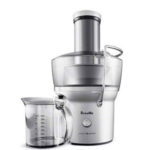
Making juice at home has many benefits. Not only are you increasing the amount of fruits, vegetables and micronutrients you consume, but juicing will also help to boost your energy levels, support your immune system and maintain a healthy weight.
With the variety of models on the market, you’ll want to match the best juicer to your needs. Do you juice frequently and/or are you looking to make a batch of green juices? Will you be juicing as a family and want to ensure your kids are safe using the juicer? See what type of juicer makes the most sense for you.
Investing in your health
Buying a juicer is an investment in your long-term vitality, energy and health care. While you can find a juicer to fit any budget, remember that the less expensive models may not be the best fit, especially if you are juicing frequently. Many times, a more expensive model will yield more juice, so you want to consider long term value and money savings. For example: if you spend $100/month on produce and get 30% more juice, that’s a savings of $30/month = $360 annually. You’ve already paid for a premium juicer.
About you
Why are you juicing?
How often will you juice?
Do you need a quiet machine?
Want to make more than juice?
Who will be juicing: adults, children?
Features to consider
Juice quality, nutrition and flavor
Output volume, juice yield
Operating noise volume
Multi function – smoothies, nut milk, sorbet
Maintenance, care and safety
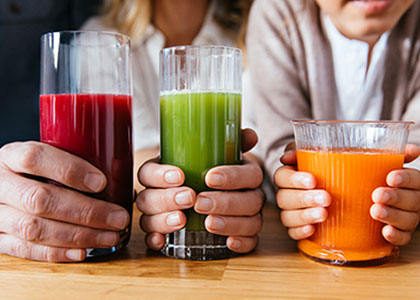

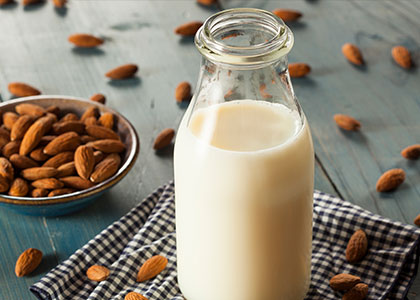
Both juicers and blenders make it possible to consume more fresh fruits and vegetables in a quick and simple way.
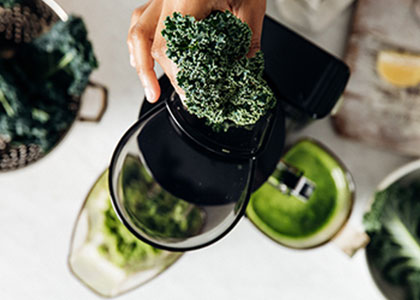
Juicer
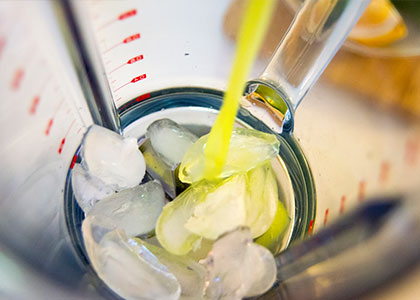
Blender
Juicer type
How it works
Processing speed
Types of produce
Juice yield
Functions
Ease of use and assembly
Safety
Noise
Overview
Brands and price range
Example
Warranty
Juicer type
Centrifugal / Fast

How it works
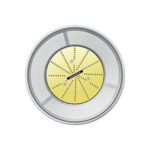
A high speed, cutting disc with sharp blades shreds produce and filters juice to separate the pulp.
Processing speed
10,000-16,000 RPM
Fast processing quickly breaks down produce, but also introduces higher levels of oxidation.
Types of produce
Works well for most hard produce. Not as effective for leafy greens.
Juice yield
Lower yield
Functions
Single function:
Juices only
Ease of use and assembly
Easy to use but requires replacement parts.
Safety
Safety arm prevents blades from spinning until properly assembled.
Noise
Very loud. Similar to power tools.
Overview
Centrifugal juicers work by slicing the fruit and/or vegetables with a flat cutting blade (much like a grater) and spinning the produce at a high speed to separate the juice from the pulp. The juice then passes through the tiny holes in a strainer basket and collected in a pitcher. The pulp is collected in a separate container to be removed afterward.
Centrifugal juicers work best with ingredients like carrots, apples but not leafy greens.
Brands and price range
Many brands are available: Joe Cross used a Breville juicer in Fat, Sick & Nearly Dead.
Expect to spend: $75 – $300, $50/annually
Example
Breville Juice Fountain Compact, $100
(shown above)
Expect to replace filter disc 1-2 times per year. (Estimated Cost per year $36-$72)
Warranty
1 Year (Limited Product) Warranty
How it works
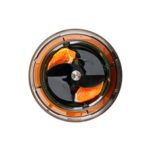
An auger slowly rotates while pressing produce against a strainer to release juice and separate pulp.
Processing speed
43-80 RPM
Slow process, also referred to as cold press, preserves maximum flavor and nutrition.
Types of produce
Juices all types of fruits and vegetables well.
Juice yield
Excellent yield
Functions
Multi-function:
Juices, smoothies, nut milks, sorbets
Ease of use and assembly
Easy to use and maintain.
Safety
Designed for family use. No sharp parts.
Noise
Quiet. Juice anytime without disturbing others and easy to have conversation while juicing.
Overview
A cold press/slow juicer works at a low speed minimizing oxidation, pressing fruit and/or veggies to separate the liquid from the fiber. This type of juicer can squeeze up to 30% more juice out of produce than a centrifugal juicer, so despite a higher purchase price, it can save you money in the long term since you will buy less produce.
Not all slow juicers are created equally. Some do not separate the pulp from juice as well as others and may require an additional sieve to filter pulp out of the juice. The quality of motor can also limit operation time due to overheating.
Many masticating juicers are multi functional & produce nut milk, and sorbet.
Brands and price range
Nama, Hurom and Omega are brands that sell masticating juicers in North America.
Expect to spend: $200 – $750
Example
Nama Vitality 5800 | J1, Nama J2
$399 – $550
(shown below)
Warranty
10-15 Year Warranty
Juicer type
Horizontal Twin Gear
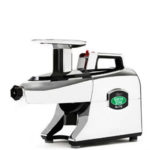
How it works
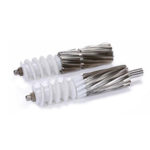
Two gears together, crush and press the produce against a strainer to release juice and remove pulp.
Processing speed
60-120 RPM
Slow process – also referred to as cold press preserves maximum flavor and nutrition.
Types of produce
Juices all types of fruits and vegetables well.
Juice yield
Excellent yield
Functions
Multi function:
Juices, nut milks, nut butters and purees.
Ease of use and assembly
More complex to use. Many working parts.
Safety
Includes a protective safety cover.
Noise
A little noisier than slow juicer, but still easy to have conversation while juicing.
Overview
Another type of masticating juicer is a horizontal, twin gear or triturating juicer. It is also a cold-press process but works by pressing and grinding food between two metal gears which crush and squeeze juice and then separates the pulp. This type of juicer has a very high yield and handles wheatgrass well. These juicers are expensive.
Twin Gear Juicers are multi functional & produce smoothies nut milk & purees.
Brands and price range
Tribest, Omega and Super Angel are brands that sell twin gear juicers in North America.
Expect to spend: $300 – $2,000
Example
Tribest® Greenstar™ Elite Cold Press, $629.00
(shown above)
Warranty
12 Year Warranty
Nama is my favorite brand. We share the goal of helping more people enjoy the benefits of consuming more plants. Nama offers two Cold Press Juicers that make delicious and nutrient-rich juices, smoothies, and plant-based milks. They produce up to 60% more juice with better flavor in less time. And they’re easy to clean and safe for the entire family.
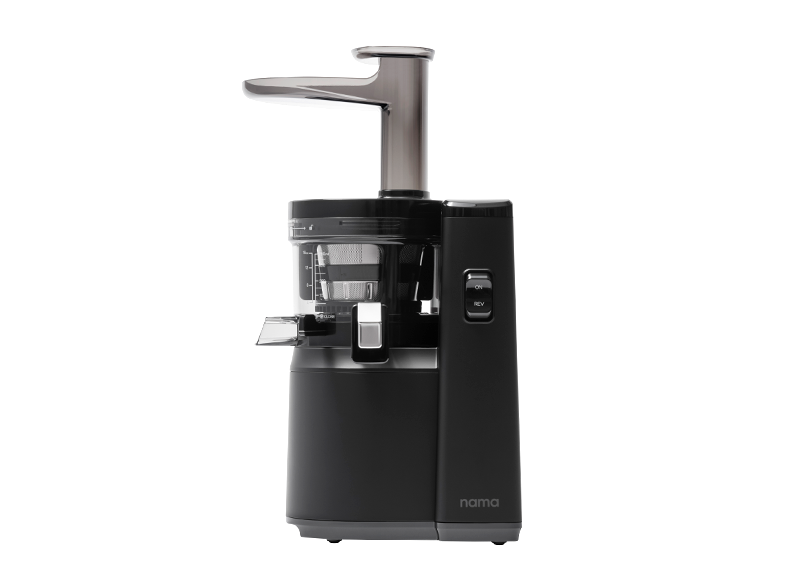
Vitality 5800 | J1
Cold Press Juicer
The original: a multi-functional juicer making delicious and nutrient-rich juices, smoothies, plant-based milks, and frozen desserts.